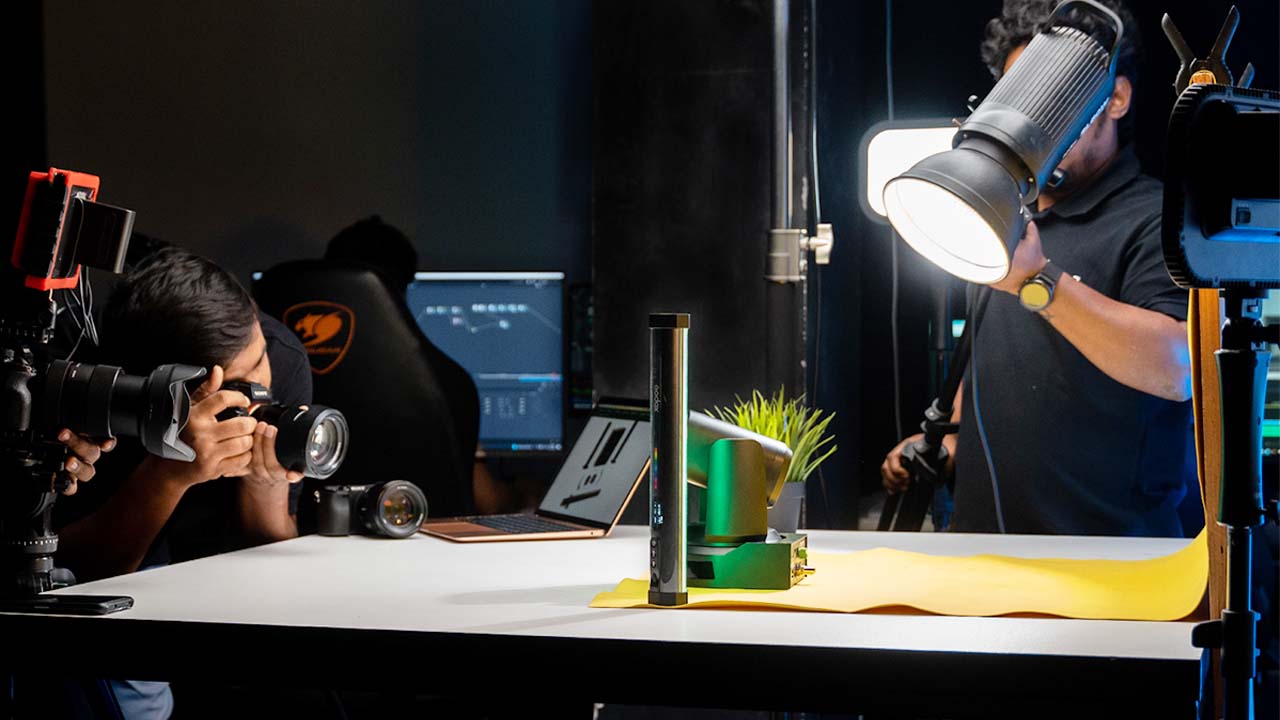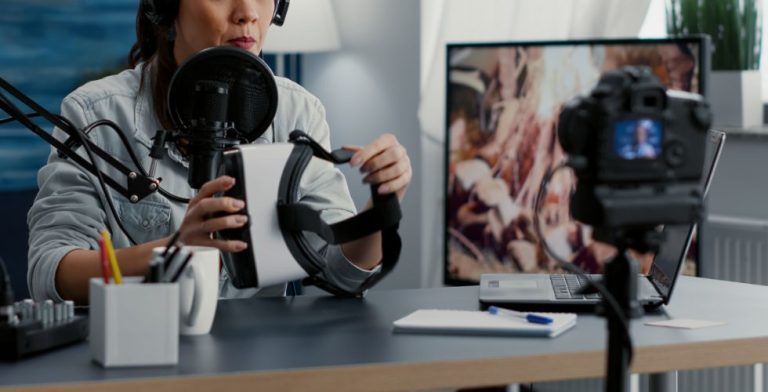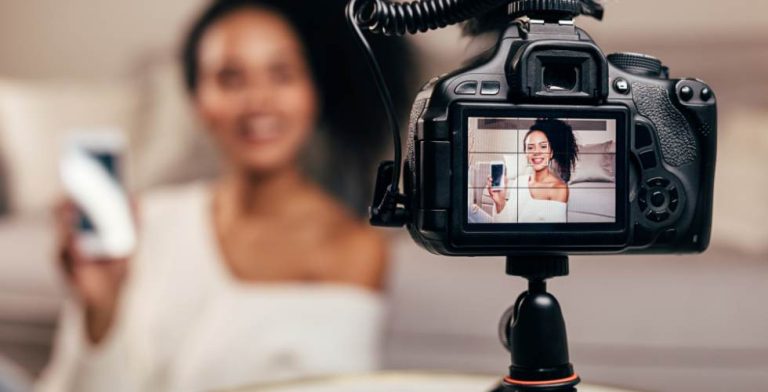Product photos make or break eCommerce sales. High-quality product photography inspires trust and desire in potential buyers.
This guide will explain the three main types of product photography. We’ll also cover proper lighting, recommended gear, ideal editing, and real-world examples of product shots done right.
Follow these tips to take product photos that boost sales across all your marketing channels.
Part 1: Studio Product Shots
Studio product shots feature the product isolated against a plain white backdrop. This removes any distractions, so customers can focus entirely on the product itself.

Studio shots work perfectly for:
- E-commerce product pages – The main image viewers see when landing on a product page. It should clearly showcase the product.
- Print catalogs – Catalogs highlight products against white backgrounds to mimic online shopping.
- Product packaging – Brands often use studio product shots on the packaging itself.
How to Take Quality Studio Product Shots
Use a curved backdrop: To create a seamless white background, hang a roll of white paper and curve it around behind the product. The curve eliminates corners and makes the background appear infinite. Rent backdrops or build your own curve easily with PVC pipe.

Light it evenly: Light the product softly from multiple angles to avoid harsh shadows. Place large diffusers in front and on each side of the product. The goal is even, shadowless lighting. This showcases the product details clearly.
Mind the aperture: Use a high aperture setting (f/11 or higher) so the entire product stays in focus. You want sharp details from front to back.
Less is more: Only include props if required to show product use. For example, glasses would be shot with a model or on a stand. The product itself takes center stage.
Examples:


Part 2: Lifestyle Product Shots
Lifestyle product shots show the product used in a real-life setting. This gives customers a sense of scale and how the product fits into their life when deciding to purchase.

Lifestyle shots are highly versatile for:
- E-commerce homepages – Lifestyle imagery makes great homepage banners to capture attention.
- Brand websites – Demonstrate how customers actually use your product.
- Social media – Show your product being used by real people.
- Print advertising – Lifestyle shots tell a story and make emotional connections.

Shooting Effective Lifestyle Product Photos
- Realistic environments: Show people using the product in recognizable environments, like a living room, office, or outdoor space. Avoid staged studio settings.
- Relatable models: Include smiling models interacting happily with the product. Viewers should see people they can relate to and imagine themselves as.
- Demonstrate scale: Photograph objects next to the product to demonstrate real size and portability. For example, holding a smartphone in your hand.
- Natural lighting: Use soft outdoor or indoor window light. Avoid harsh flash lighting. The scene should look natural.
- Candid moments: Capture people genuinely engaging with the product, not just posing with it. Show them using it organically.
Examples:


Part 3: Close-Up Detail Shots
Close-up detail shots zero in on interesting textures, patterns, or intricate product details. These macro-style shots highlight quality materials and impressive design.

Close-ups are useful for:
- Website design elements – Add visual interest to a page.
- Additional ecommerce photos – Let viewers zoom in on details.
- Print brochures – Feature as accents around copy.
- Social media – Create visually appealing posts.
Taking Eye-Catching Close-Up Shots
- Use a macro lens: A macro lens allows you to focus extremely close to the subject. You can highlight small details and patterns not visible to the naked eye. Affordable starter macro lenses include the Nikon AF-S DX Micro and Canon EF 100mm.
- Get creative with lighting: Use dramatic lighting from low angles or the side to accentuate textures. Reflected light can illuminate details. Rim lights (behind the subject) outline edges.
- Experiment with angles: Change up your angles and perspectives for more abstract, artistic shots. Lay the product flat, hover directly above, or focus on a side edge.
- Shallow depth of field: Use wider apertures (f/2.8-f/4) for a shallow depth of field. This keeps parts of the product sharp while blurring the background and foreground artistically.
- Post-process sparingly: In editing, up clarity and details moderately. But don’t overdo it. You want close-ups to look realistic.
Examples:

Ready to Shoot? Gear You Need
To produce high-quality product photography, invest in a few key pieces of professional gear:
- DSLR camera – Mid to high-range models like the Canon 5D series offer high resolution and image quality perfect for products.
- Macro lens – As mentioned, a macro lens opens up an entire world of close-up detail shots.
- Tripod – A sturdy tripod keeps your camera absolutely still during long exposures and precise alignment.
- Wireless shutter release – Trigger the shutter without touching the camera to prevent any shake.
- Continuous lighting – For studio shots, use continuous lighting like softboxes, reflectors, and diffusers to evenly light products.
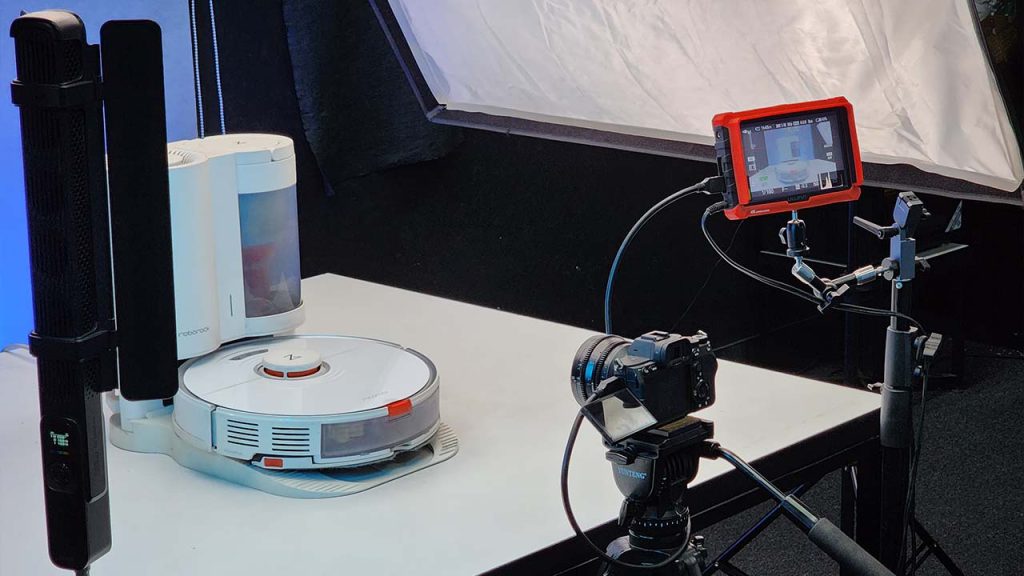
Follow These Pro Photo Editing Tips
Post-processing can make a significant difference in your images. Try these edits for professional product shots:
- Adjust tone and temperature – Make small tweaks to the tint, temperature, exposure, contrast, and highlights/shadows. Don’t overdo it.
- Increase clarity – A moderate bump in clarity makes details pop.
- Sharpen selectively – Use masking to sharpen only important focused elements, avoiding background noise.
- Reduce noise – Eliminate any distracting grain, especially in dark shadow areas.
- Careful saturation boost – A minor saturation increase makes colors look more vibrant without going overboard.
- Selective brightening – Brush over and brighten just the product itself, not the entire image.
- Straighten and align – Correct any uneven angles and align vertically/horizontally.
- Retouch minimally – Use healing tools to remove dust spots or small imperfections on the product. Leave textures intact.

Real-World Examples of Exceptional Product Shots
Now that we’ve covered techniques and gear, let’s look at product photography masters in action:
- Apple – Apple is renowned for elegant, consistent product photography across all their devices. Their studio shots and close-ups especially make you admire the design.
- Everlane – This clothing brand uses a clean, minimalist style for lifestyle shots. The models and styling keep the focus on how the clothes fit and feel.
- Floyd – Floyd, a furniture brand, excels at magazine-style lifestyle shots that make you envision their products in your own space.
- Nike – Nike’s athletic energy comes through in vibrant lifestyle shots that inspire you to get moving and push your limits.
- Snowe – This home goods startup takes crisp, beautiful overheard shots really showing off textures and details.
- Tesla – Tesla uses bold contrasts, reflections, and angles to showcase their vehicles’ sleek lines and luxurious interiors.
- Casper – Casper’s mattress and bedding shots blend minimalism with warmth. This helps customers visualize the comfort and quality.
Mastering the Art of Product Photography
Product photography styles evolve over time, but studio, lifestyle, and detail shots are timeless essentials. Combining these three shot types gives customers a complete perspective.
Lighting and composition matter too – show off your product lines in the most appealing way through your photographic choices.
With this product photography guide, you now have strategies to make potential buyers stop scrolling, engage, and visualize your products in their lives. That emotional connection is the key to conversion.
So grab your DSLR, style some lifestyle scenes, and get up close with the details. With practice and persistence, you’ll be snapping product photos that boost your brand and your bottom line.
Of course, product photography is a skill that takes time to master. If you need professional-quality product images to showcase your business online, consider partnering with a seasoned product photography studio like Product Video Studio. Their experts can efficiently capture high-impact photos tailored to your brand and products.
Focus on your strengths while the professionals handle product photography – that’s the formula for success in today’s highly visual e-commerce landscape.
Get Professional Photo and Video Production Services
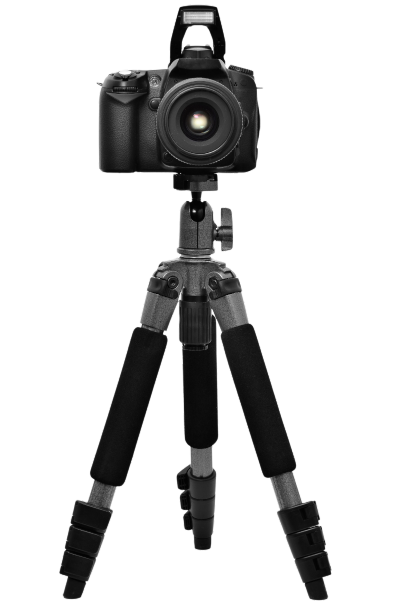
Add Your Heading Text Here



